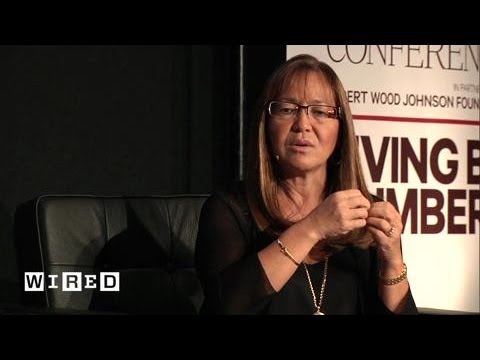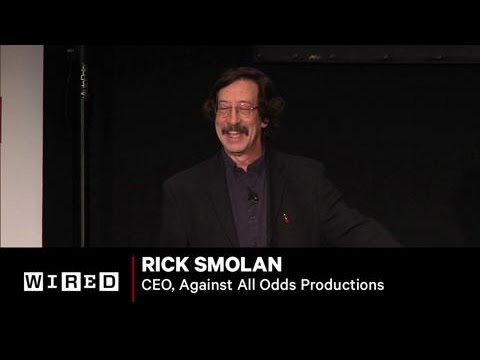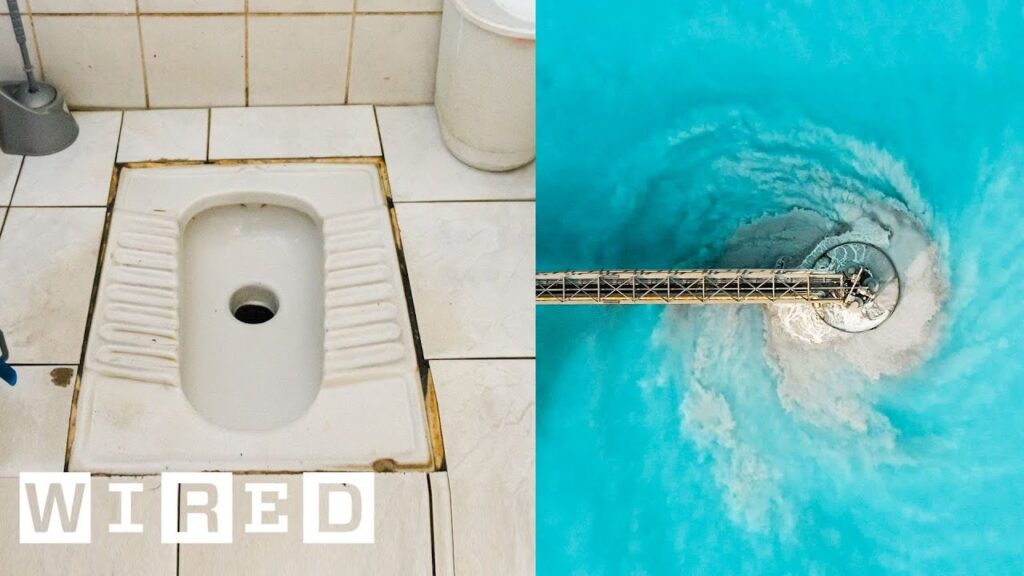Tesla’s Powerwall: The Future of Home Energy Storage
Summary
In this article, we discuss Tesla’s new home battery product, the Powerwall, which comes in two versions, a 10 kilowatt hour version for backup power during outages, and a 7 kilowatt hour version for daily cycling. The system helps store solar energy generated during the day for use at night when peak energy consumption happens. However, the cost-benefit of the Powerwall is not clear as it would take about 8.5 years for the system to pay for itself, not accounting for installation, maintenance, and decreasing battery efficiency.
Table of Contents
- What is the Powerwall?
- How does the Powerwall work?
- Is the Powerwall cost-effective?
- Who would benefit from the Powerwall?
- Conclusion
What is the Powerwall?
Tesla’s Powerwall is a home battery product that stores solar energy generated during the day for use at night when peak energy consumption happens. The Powerwall comes in two versions, a 10 kilowatt hour version for backup power during outages, and a 7 kilowatt hour version for daily cycling. It is four-feet tall, three-feet wide, and seven-inches deep lithium-ion battery that can be mounted on walls and comes in various colors.
How does the Powerwall work?
The Powerwall works by storing excess energy generated by solar panels during the day, which can then be used at night when energy consumption is at its peak. This can help households become independent of the power grid if enough solar panels are installed. The Powerwall is also useful for those living in blackout-prone regions or places with expensive energy costs.
Is the Powerwall cost-effective?
The cost-benefit of the Powerwall is not clear as it would take about 8.5 years for the system to pay for itself, not accounting for installation, maintenance, and decreasing battery efficiency. The cost of the battery would be recouped in about three years, making it a reasonable investment for those living in sunny areas who want to be independent of the power grid. However, it may not be the best option for those solely looking to save money.
Who would benefit from the Powerwall?
The Powerwall could be useful for those living in blackout-prone regions or places with expensive energy costs. It could also be a reasonable investment for those living in sunny areas who want to be independent of the power grid. However, it may not be the best option for those solely looking to save money.
Conclusion
Tesla’s Powerwall is an innovative product that could revolutionize the way we store and use energy in our homes. However, the cost-benefit of the Powerwall is not clear, and it may not be the best option for those solely looking to save money. The question remains whether this marks the beginning of an energy revolution or if it’s just a way for Tesla to sell more batteries to justify their gigafactory. Readers are encouraged to share their thoughts in the comments and subscribe to WIRE.






